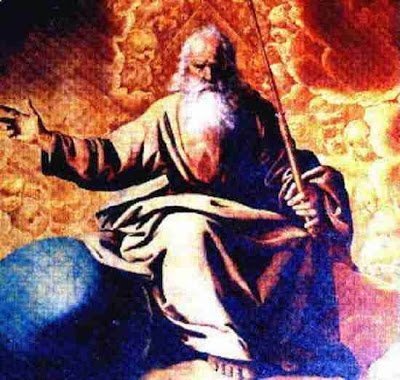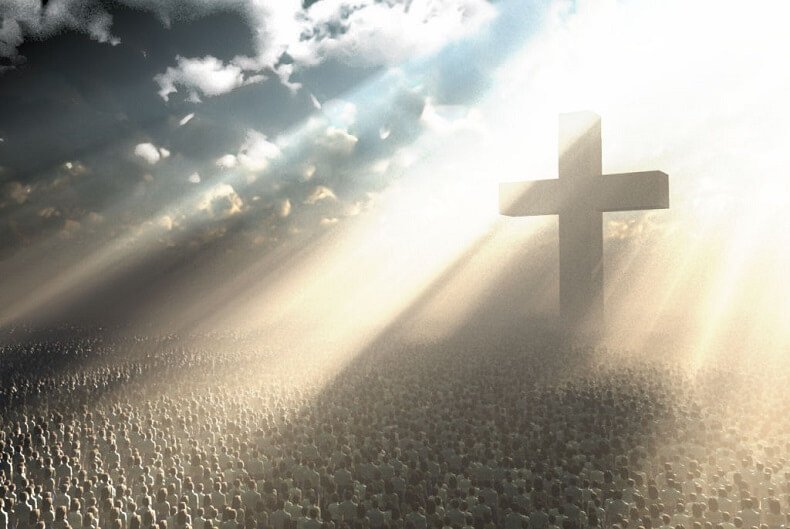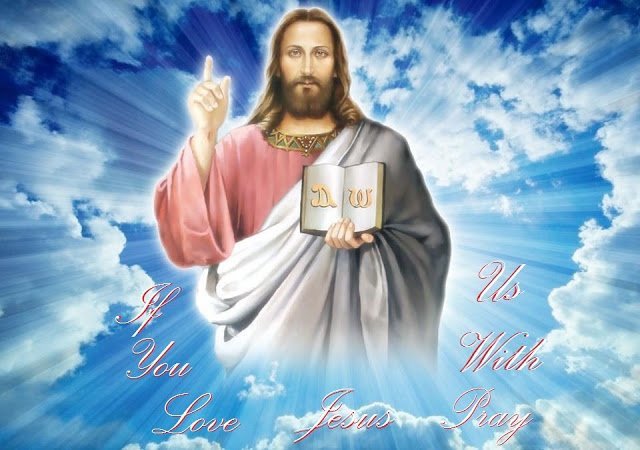Jesus Gave Himself as a Sacrifice for Us
Jesus Gave Himself as a Sacrifice for Us
Father, forgive them because they do not understand what they are doing (Luke 23:34). Through the sufferings and death of Christ on the cross, as atonement and redemption for human sins, the blood of forgiveness was shed on all humanity. He first forgave the crucifiers and the scoffers. And as a priest who offered himself as a sacrifice of forgiveness and reconciliation, he raised the prayer of invocation and intercession to his heavenly Father: “Father, forgive them, because they do not understand what they do” (Luke 23:34).
Introduction
The sufferings of Christ and His death on the cross are among the most significant events in human history, demonstrating the depth of God’s love for humanity and His desire for its salvation. These critical moments are not merely historical events; they embody profound meanings related to sacrifice and self-giving. At the core of the Christian faith, we find that Jesus’ words as He prays for forgiveness for those who crucified Him reflect divine mercy and teach us how ignorance can lead to wrongdoing.
Our study of these sufferings allows us to gain a deeper understanding of the concept of forgiveness and urges us to reassess our attitudes towards others, especially in a time marked by conflict and division. Therefore, in this article, we will explore how Christ’s teachings can inspire us to embrace the values of mercy and forgiveness in our daily lives.
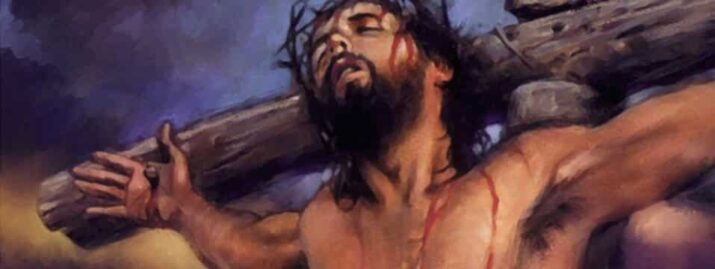
1. With the Greatness of His Love, Jesus Justified Their Sin by Their Ignorance
“They do not understand what they are doing.” Ignorance mitigates their responsibility for sin and opens avenues for repentance. Thus, He provided an example for everyone that ignorance underlies every wrongdoing committed by humanity. Management acts according to what the mind dictates, so it is essential to educate the mind with the truth to be free from ignorance.
Peter, likewise, justified the killing of the Lord by the ignorance of the people when he addressed them, saying: “You denied the Holy and Righteous One, and asked for a murderer to be granted to you. You killed the Author of life, whom God raised from the dead, of which we are witnesses… I know that you did this in ignorance” (Acts 3:14-15, 17).
Paul the Apostle spoke of his ignorance regarding the mistakes he made in his past life, writing to his disciple Timothy: “I was formerly a blasphemer, a persecutor, and an insolent man; but I obtained mercy because I did it ignorantly in unbelief. And the grace of our Lord was exceedingly abundant, with faith and love which are in Christ Jesus” (1 Timothy 1:13-14).
2. Ignorance Causes Humanity to Miss Great Divine Truths and Actions
This means that ignorance is a responsibility and a serious mistake in itself. One should not fall into it or remain in that state. Instead, one should strive for knowledge, educate the mind, and enlighten the conscience. The apostolic exhortation “The Church in the Middle East” calls us to bear our responsibility as Christians, original and authentic citizens in our Eastern lands, and to proclaim the Gospel of God, the Gospel of truth, love, and peace, the Gospel of universal brotherhood and justice among people.
The darkness of ignorance plunges our East into the shadows of violence, war, and terrorism. May we embody the zeal of Paul the Apostle and the spirit of responsibility he expressed by saying, “Woe is me if I do not preach the Gospel” (1 Corinthians 9:16). (Refer to the apostolic exhortation, paragraphs 85-86).
3. The Mockers of Jesus Were Ignorant and Composed of Three Groups
The first group consists of the passersby who belittled Him in His inability: “You who destroy the temple and build it in three days, save Yourself, and come down from the cross” (Mark 15:29-30). However, they did not know that at that moment, the destruction of the temple was being fulfilled, and the new temple was being formed. The sign was that when Jesus died, the veil of the temple was torn in two from top to bottom (Matthew 27:51; Mark 15:38; Luke 23:45).
The tearing of the veil signifies two things: first, the end of the old temple covenant and its sacrifices and symbols, and the beginning of reconciliation with God through the crucified Christ; second, the opening of the way to God, whose infinite love is manifested in His crucified Son, as the inner veil of the temple concealed God’s face from the people, and was entered only once a year by the high priest.
4. The Second Group Comprises the Members of the Council
The priests, scribes, and elders mocked Him, saying: “He saved others; He cannot save Himself! If He is the King of Israel, let Him now come down from the cross, and we will believe Him. He trusted in God; let Him deliver Him now, if He will have Him. For He said, ‘I am the Son of God’” (Matthew 27:41-43). But they did not understand that in His apparent inability, the truth of Jesus Christ’s mystery was revealed. God Himself would save Him in a way different from coming down from the cross. By the resurrection, He would free Him from death and proclaim His divine sonship.
5. The Third Group Consists of the Two Thieves Crucified with Him
They were criminals, while Jesus was innocent. One of them recognized Jesus’ innocence and realized that He revealed the face of God and was indeed the Son of God. He prayed: “Jesus, remember me when You come into Your kingdom” (Luke 23:42). He understood, through the inscription of His crucifixion above His head: “Jesus of Nazareth, King of the Jews” (John 19:19), that He was truly the awaited king.
He asked to be near Him in His glory, just as he was near Him on the cross. The inscription “King of the Jews” serves as an announcement of His kingship before the history of the world. Jesus was lifted onto the throne of the cross and will draw all to Himself by His boundless love from the place of His greatest gift.
Jesus’ answer: “Today you will be with Me in Paradise” (Luke 23:43) shows that Jesus knew He was entering directly into communion with the Father and could assure the thief on His right of paradise from that hour. He knew He would restore humanity to the paradise from which it fell, to that communion with God where true human happiness lies. This good thief became a symbol of hope in Christian history, a comforting certainty that God’s mercy can be obtained at the last moment, and that, after a wayward and sinful life, prayer to God’s goodness remains effective. We pray in the liturgy: “You who answered the thief, grant me also hope.”

6. Behind the Ignorance of the Crucifiers and Mockers
From the sufferings of Christ and His death on the cross, the Church, His bride, was born, as if it were taken from Him, just as God took Eve from Adam’s sleeping side (Genesis 2:21-22). The Church is represented in the person of “the woman” Mary, and her sons and daughters are represented in the person of John: “Woman, behold your son! And to John, behold your mother” (John 19:26-27). The Church was, in reality, born when one of the soldiers pierced Him with a spear while He was dead. Blood and water flowed from Him, a sign of baptism and the Eucharist.
The woman—the Church—will be seen by John in his vision as “a woman clothed with the sun, with the moon under her feet, and on her head a crown of twelve stars, being with child and crying out in labor and in pain to give birth. And another sign appeared in heaven: a great fiery dragon stood before the woman who was about to give birth, to devour her child as soon as it was born. But God saved her by His care.
The dragon was furious and went to make war with the offspring of the woman, who keep the commandments of God and have the testimony of Jesus Christ. And he stood on the sand of the sea” (Revelation 12:1-18). This is the Church, with its sons and daughters and institutions, persecuted by the dragon of evil, but “the gates of hell shall not prevail against it” (Matthew 16:18).
7. When Jesus Reached the Pinnacle of His Love for the World, by Offering Himself as a Sacrificial Victim
And by effecting reconciliation between God and humanity, and ensuring the continuity of His salvific presence in His mystical body, which is the Church, and by making Mary, His mother in the flesh, a mother of grace for the Church, He said: “It is finished” (John 19:30). “I have loved you to the end” (John 13:1). At the third hour of the afternoon, He prayed the Psalm 31: “Father, into Your hands I commit My spirit” (Luke 23:46; Mark 15:34) and breathed His last.
The death of Jesus on the cross is a cosmic and liturgical event. It is a cosmic event because the sun was darkened, the veil of the temple was torn in two from top to bottom, the earth shook, and many of the dead arose, according to the evangelists’ accounts. It is a liturgical event because the centurion overseeing the crucifixion believed and confessed, saying, “Truly, this was the Son of God” (Mark 15:39). His faith was the beginning of the Church’s opening to the Gentiles.
Thus, from the cross, the Lord desires to gather all people into a new community, the universal Church. At the hour Jesus died, the Passover lambs, which could not have their bones broken, were being sacrificed in the temple according to the law of Moses (see Exodus 12:46). Jesus appears as the true, pure, complete Passover Lamb, whose bones were not broken, but who was pierced with a spear in His heart, from which flowed forgiveness for the world along with new life.
He is truly “the Lamb of God who takes away the sin of the world” (John 1:29), as prophesied by John the Baptist on the day of His baptism in the Jordan River. To Him, we lift our thoughts and hearts, seeking from His love the forgiveness of our sins and our reconciliation with God, ourselves, and every human being. To Him be adoration and thanks, crying out: “We worship You, O Christ, and we bless You. For by Your cross, You have saved the world.” Amen.
Recommendations
- Educate Against Ignorance: We must strive to educate ourselves and others about the truths of faith. Through lessons, seminars, and discussions, we can help reduce ignorance about Christian teachings, which leads to misconceptions about God and His love.
- Forgiveness in Our Daily Lives: We should follow Jesus’ example in offering forgiveness to others, even when it is difficult. We can learn from biblical teachings on how to address offenses and challenging situations, helping us build healthy relationships based on love.
- Return to Faith: We should encourage one another to return to faith during difficult times. Religious communities can be a significant source of support, allowing us to share experiences that restore hope and strengthen our faith.
- Engage with Youth: It is essential to address youth in a language they understand and to encourage them to explore faith in new ways. Workshops and interactive activities can be beneficial in attracting them to Christ’s teachings.
- Participate in Charitable Works: We should manifest God’s love through charitable actions and assistance in our communities. These acts strengthen the values of giving and sharing, showing how faith can translate into tangible actions in the world.
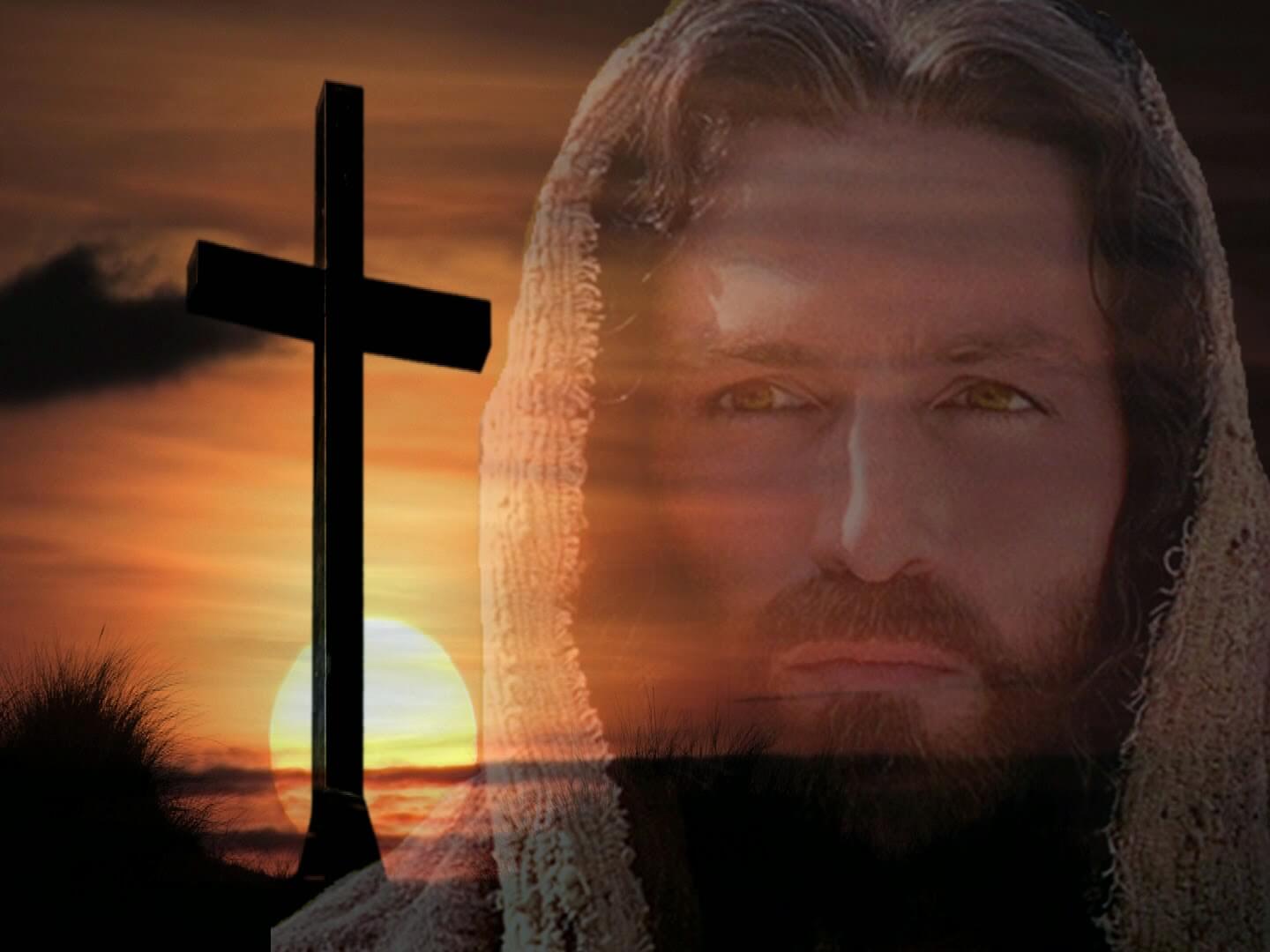
Conclusion
In conclusion, the death of Christ on the cross remains a symbol of hope and renewal, as the Church was born from His sufferings. These events teach us that forgiveness is available to everyone and that ignorance should not be the end of the road, but rather a new beginning for repentance and spiritual growth. Jesus’ call to us transcends time and place, urging us to be mediators of mercy and forgiveness in a world filled with challenges. Let us work together as one Church, witnessing to God’s love and spreading the values of mercy and peace in our communities. May we make our faith a source of inspiration and have the courage to be light in the darkness. Amen.
More Spiritual Reflection
- Purity of Heart and Mind – Spiritual Journey Towards God
- God Teach Me How to Follow You and Help Me Walk Your Path
- What People Learn from Corona & what Secrets are Hidden?
- What Resists Faith from the Challenges of this Material Age
- Did You Wake Up from Sleep? Smile and thank God

